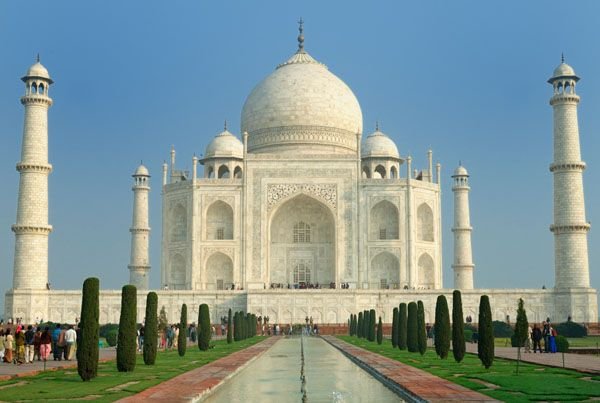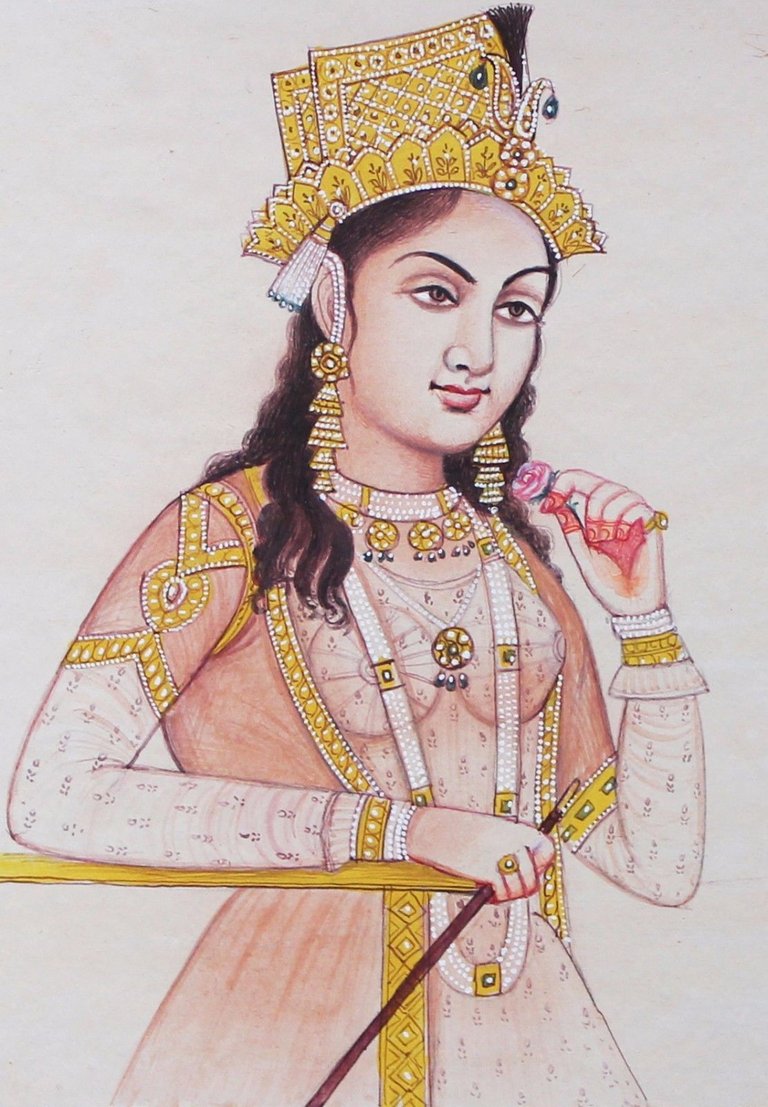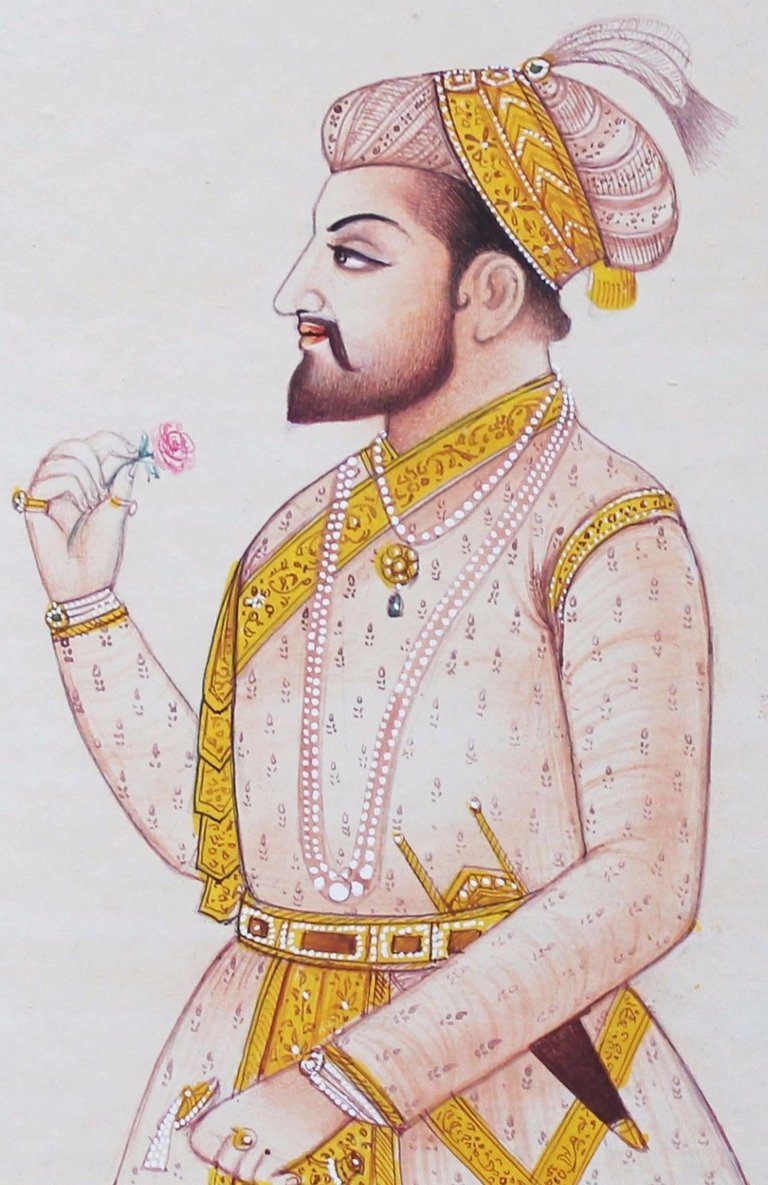Built in white marble, the Mausoleum of Mumtaz Mahal, popularly known as the Taj Mahal, located on the banks of Yamuna River in the city of Aga, Uttar Pradesh, India, is the most beautiful tomb on Earth and one of the Seven Wonders of the World. In 1983, the Taj Mahal became a UNESCO World Heritage Site.

The Taj Mahal (Crown of the Palace) was built by Shahab-ud-din Muhammad Shah Jahan (King of the World) for his favorite queen Mumtaz Mahal (Ornament of the Palace). Shah Jahan (1628-1658), the fifth Mughal Emperor of India, was the son of Jahangir by Jodh Bai, a Rajput princess of Jodhpur. After the death of his father Jahangir, Shah Jahan usurped the throne by deposing Dawar Bakhsh, grandson of Jahangir, with the help of Asaf Khan, Mumtaz's father (Asaf Khan was made the Vizier of Shah Jahan with the title of Yamin-ud-daulah). Prince of Builders, Architect/Engineer King etc. are the titles given to Shah Jahan as he built many beautiful monuments: Red Fort (Lal Qila) at Delhi, Peacock Throne, Jama Masjid at Delhi, Pearl Mosque (Moti Masjid) at Agra Fort are some of them.

Shah Jahan's Wives: In 1607, when Prince Khurram (afterwards Emperor Shah Jahan) was 15 years old, his father Jahangir betrothed him to Arjumand Banu Begum, better known by her other name Mumtaz Mahal. However, his first wife was Kandahari Begum, daughter of Muzaffar Husain Mirza, whom he married in 1610. He married Mumtaz Mahal in 1612. His third wife was the daughter of Shah Nawaz Khan, son of Abdul Rahim Khan-i-Khan (1617). However, his marriage with the daughters of Muzaffar Husain Mirza and Shah Nawaz Khan were pure political alliances. Arjumand Banu was the niece of Shah Jahan's step-mother Nur Jahan. Abdul Hamid Lahori, author of Badshanama, calls her Nawab Aliya Begum; while the European Travelers - Peter Mundy, Thevenot, Manucci and Bernier - believe that Taj Mahal was the name of the Queen. Ain-i-Akbari gives another name of Mumtaz, Taj Bibi. Like her aunt Nur Jahan, Mumtaz also participated in the government affairs and was the custodian of the royal seal.
Shah Jahan invited at his court all the eminent architects and masons in his Kingdom as well as from Persia, Arabia and Turkey. The design accepted by the Emperor was by Ustad Isa Afandi and a wooden model of it was first made. The master mason was Muhammad Hanif from Baghdad. Amanat Khan Shirazi from Persia, Tughra Writer; Ismail Khan Rumi from Turkey, Dome Maker; Muhammad Khan from Shiraz, Calligrapher; Kazim Khan from Lahore, Kalas Maker; Ram Mai Kashmiri, Gardener; Mohal Lai, Manohar Singh and Mannoo Lai from Lahore, Mosaicists; were the main artisans employed in the construction and were highly paid.
Hi! I am a robot. I just upvoted you! I found similar content that readers might be interested in:
https://anjanadesigns.blogspot.ca/2014/08/facts-about-taj-mahal.html
thnax..
No Copy past, write real content
Congratulations @ashikulhaque! You have received a personal award!
Click on the badge to view your Board of Honor.
Do not miss the last post from @steemitboard:
Congratulations @ashikulhaque! You received a personal award!
You can view your badges on your Steem Board and compare to others on the Steem Ranking
Do not miss the last post from @steemitboard:
Vote for @Steemitboard as a witness to get one more award and increased upvotes!